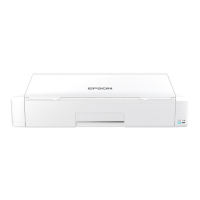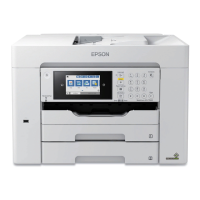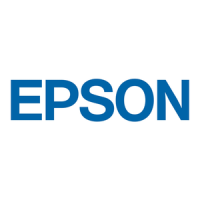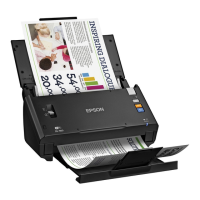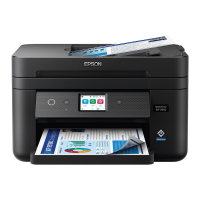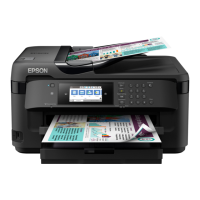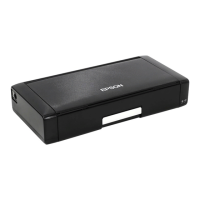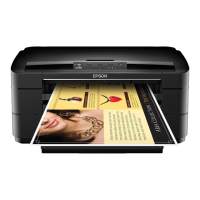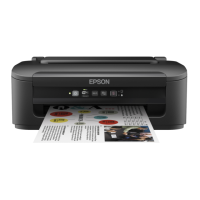❏ Authentication Method: Pre-Shared Key
❏ Pre-Shared Key: Enter up to 127 characters.
Group Policy: Do not
congure.
Receiving printing data and printer settings
is example allows communications of printing data and printer conguration from specied services.
Default Policy:
❏ IPsec/IP Filtering: Enable
❏ Access Control: Refuse Access
Group Policy:
❏ Enable this Group Policy: Check the box.
❏ Access Control: Permit Access
❏ Remote Address(Host): IP address of a client
❏ Method of Choosing Port: Service Name
❏ Service Name: Check the box of ENPC, SNMP, HTTP (Local), HTTPS (Local) and RAW (Port9100).
Note:
To avoid receiving HTTP (Local) and HTTPS (Local), clear their checkboxes in Group Policy. When doing so, disable
IPsec/IP
ltering
from the printer's control panel temporarily to change the printer settings.
Receiving access from a specied IP address only
is example allows a specied IP address to access the printer.
Default Policy:
❏ IPsec/IP Filtering: Enable
❏ Access Control:Refuse Access
Group Policy:
❏ Enable this Group Policy: Check the box.
❏ Access Control: Permit Access
❏ Remote Address(Host): IP address of an administrator’s client
Note:
Regardless of policy conguration, the client will be able to access and congure the printer.
Conguring a Certicate for IPsec/IP Filtering
Congure the Client Certicate for IPsec/IP Filtering. When you set it, you can use the certicate as an
authentication method for IPsec/IP Filtering. If you want to congure the certication authority, go to CA
Certicate.
1.
Access Web
Cong
and then select the Network Security tab > IPsec/IP Filtering > Client
Certicate
.
Administrator Information
>
Advanced Security Settings
>
Encrypted Communication Using IPsec/IP Filtering
581
